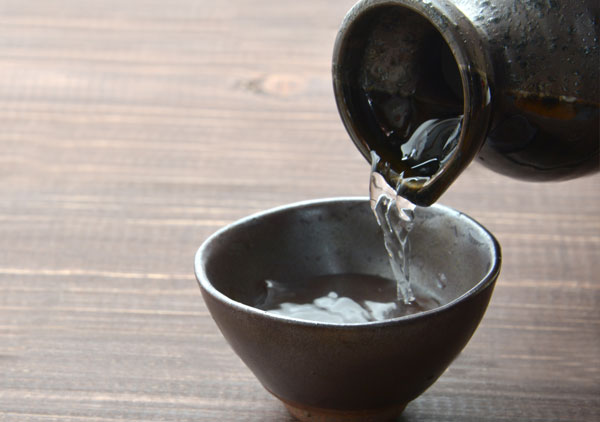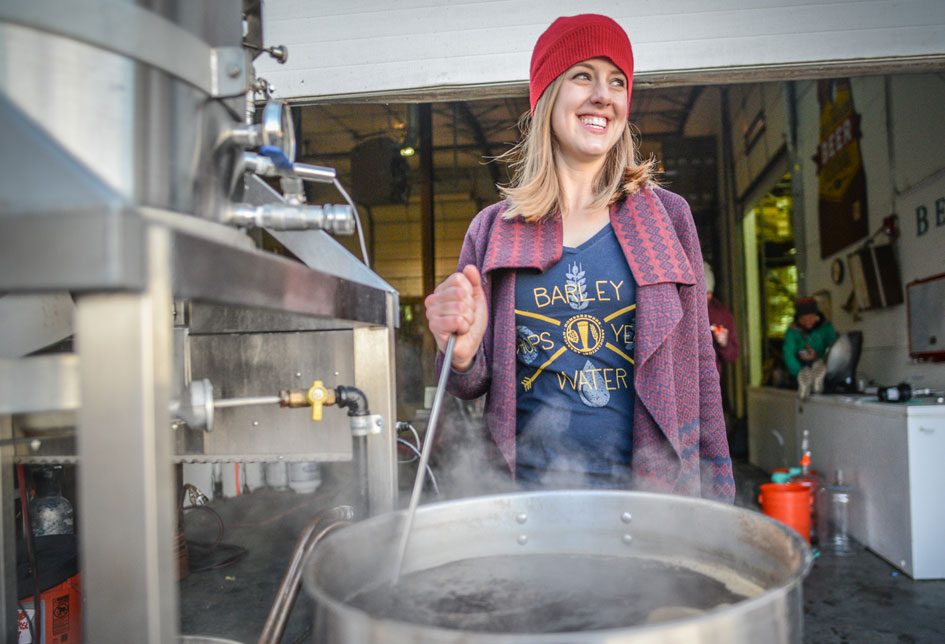
Test yourself on making your own sake in this week’s Tuesday Beer Trivia.
This traditional Japanese drink has made it into the hearts of lovers of Asian cuisine in modern times, but this fermented rice beverage also has a rich history. Learn a thing or two about making sake at home in this week’s Tuesday Beer Trivia.
After you take the Beer Trivia quiz below, scroll down to “Beer Trivia Answer Explanations” section to learn more about sake.
[polldaddy type=”iframe” survey=”F64C55C6A9632752″ height=”auto” domain=”2491351″ id=”beer-trivia-example-30″]
Beer Trivia Answer Explanations
Click To Expand
The following explanations were taken from “How to Brew Sake at Home” written by Amahl Turczyn and “History of Sake” featured on Sakeguru.com.
Question 1: Koji, or Aspergillus oryzae, contributes the enzymes necessary to turn starches into sugars. Rice doesn’t have the same naturally occurring amylase found in barley malt. When koji is mixed with water, steamed rice, and yeast, the mold creates sugar from starches in the steamed rice, even as the yeast creates alcohol from sugar.
Question 2: False. Boiling the rice makes the rice too soft. You want to gelatinize the rice starches so that they are accessible by koji amylase, but you have to keep the parallel fermentation in balance. The sugar needs to be converted to starch roughly at the same pace the yeast converts it to alcohol. Thus, kernels of rice need to be cooked over, not in, boiling water. Steaming gelatinizes the rice grains, but keeps them firm and chewy so that they give up their starches slowly.
Question 3: Wet rice cultivation was introduced in Japan in about 300 BCE. Around the same time, sake was created for the first time. While the drink can be traced back to China more than 4,000 years ago, it is in Japan that it gained popularity.
Question 4: Though polishing the rice results in a smoother and cleaner finish, it results in a slightly lowers ABV than if you weren’t to polish it. Polished rice grains usually yield a maximum of 18% ABV. Rice used at large sake breweries is always polished, sometimes down to 50 percent of the original, husked rice kernel.
Question 5: While this is one of the older methods of acidification in making sake, it can often result in too much acidity, which will require heavy pasteurization toward the end of the process to limit continued lactic acid production. There is also a more ancient method known as Kimoto, the process of creating a yeast starter mash. This approach, however, can take as long as four weeks from start to finish and requires a technique that is very difficult to accomplish with stability and consistency. For this reason, the Kimoto method is not widely used in modern day sake making.





Share Post